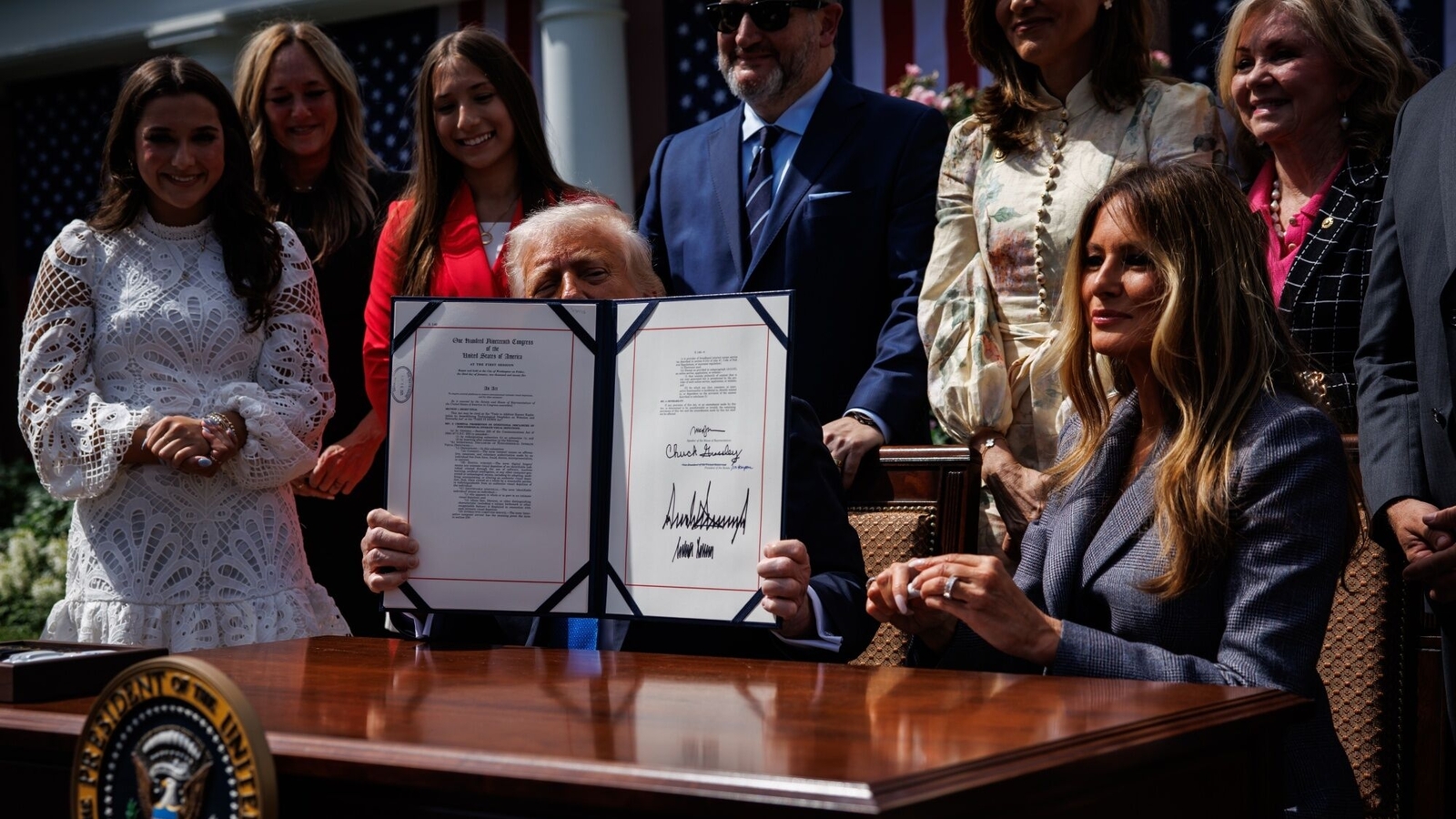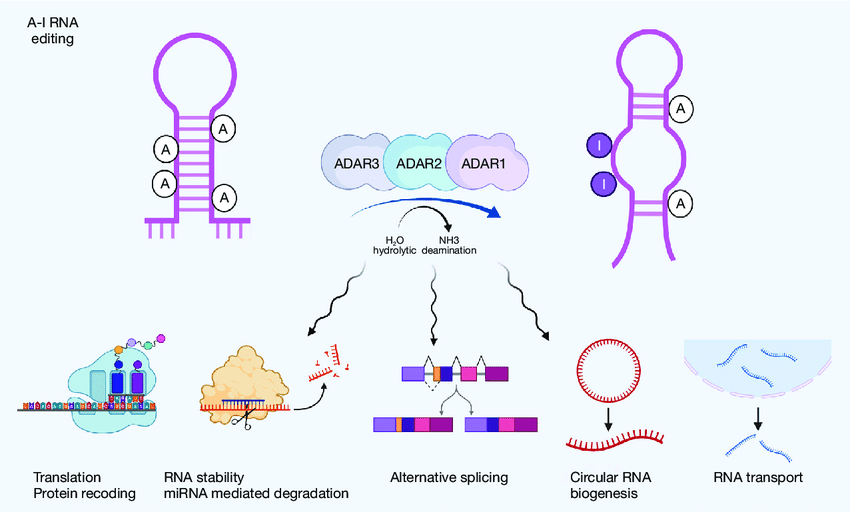- Courses
- GS Full Course 1 Year
- GS Full Course 2 Year
- GS Full Course 3 Year
- GS Full Course Till Selection
- Online Program
- GS Recorded Course
- NCERT (Recorded 500+ Hours)
- Polity Recorded Course
- Geography Recorded Course
- Economy Recorded Course
- AMAC Recorded Course
- Modern India, Post Independence & World History
- Environment Recoded Course
- Governance Recoded Course
- Science & Tech. Recoded Course
- International Relations and Internal Security Recorded Course
- Disaster Management Module Course
- Ethics Recoded Course
- Essay Recoded Course
- Current Affairs Recoded Course
- CSAT
- 5 LAYERED ARJUNA Mentorship
- Public Administration Optional
- ABOUT US
- OUR TOPPERS
- TEST SERIES
- FREE STUDY MATERIAL
- VIDEOS
- CONTACT US
Iran, Pakistan and the Baloch Dynamics
Iran, Pakistan and the Baloch Dynamics
Context : Recently , Iranian missiles targeted alleged Jaish al-Adl bases in Pakistan's Balochistan which raised concerns about territorial sovereignty. Pakistan, then, strongly reacted to the perceived breach and conducted its own cross-border missile strikes on suspected terrorist sanctuaries in Iran. This exchange has heightened tensions between the two nations.
Background of Jaish al-Adl:
1.Jaish al-Adl was established in 2012.It is a Sunni militant group primarily consisting of Baluch community members.
2. The group aims to achieve independence for Iran's Sistan province and Pakistan's Baluchistan . It cites grievances over discrimination and developmental imbalance and seeks to address the rights of the Baluch people.
Historical Iran-Pakistan Relations:
1.Pre-1979 Alliance: Both Iran and Pakistan were strong allies before the 1979 Islamic Revolution in Iran . They both joined military alliances like CENTO.
2.War Support: Iran supported Pakistan during its wars against India in 1965 and 1971 and showed solidarity even after the liberation of Bangladesh.
3.Post-1979 Differences: Distrust grew after 1979, exacerbated by Pakistan's support to the US "War on Terror" and divergent foreign policy focuses. Iran's focus on exporting the Islamic revolution clashed with Pakistan's ties to Arab kingdoms . Islamic Revolution led to a sectarian divide. The two countries found themselves on opposite ends- Shia and Sunni.
4.Afghanistan Divide: Differences emerged in their stance on Afghanistan post-Soviet withdrawal, with Iran supporting the Northern Alliance against the Taliban.
5.Reconciliation Attempts: Despite ups and downs, attempts at reconciliation occurred in 1995 and 2013, with trade and energy cooperation.
Balochistan Dynamics:
1.Geographical and Demographic Context: The 909-kilometer Iran-Pakistan border, known as the Goldsmith Line, hosts approximately 9 million ethnic Baloch people on both sides.Despite modern borders, the Baloch maintain strong cultural, ethnic, linguistic, and religious ties.
2.Marginalization : Baloch communities in Iran and Pakistan face marginalization, political and economic distance, and demands for more equitable resource distribution.
3.Economic Disparities: Despite rich natural resources in the Baluch region ,economic challenges persist, particularly in Iran where 80% of Baloch live below the poverty line.
Implications of Escalating Tensions:
1.Regional Instability:Escalating tensions may contribute to regional instability, impacting diplomatic, economic, and cultural ties between Iran and Pakistan.
2.Impact on Balochistan: Increased unrest in Balochistan is likely as these incidents will provide potential momentum for Baloch nationalist movements. Other regional actors may be drawn in, leading to a broader conflict.
3.Security Concerns: Neighboring countries especially Afghanistan may face heightened security concerns. The region is already grappling with security challenges.
4.Implications for India: India's relations with Iran (projects like the Chabahar port)may be affected. Balancing ties with both Iran and the United States becomes a delicate diplomatic challenge for India.
India’s stance on Iran missile attacks :
1.Zero Tolerance Towards Terrorism: India emphasized its "uncompromising position of zero tolerance towards Terrorism.”. This indicates India's long-standing concerns regarding cross-border terrorism emanating from Pakistan.
2.Supports Self-Defence: India acknowledged and expressed an understanding of "actions that countries take in their self-defense.”. Overall , India’s stance is in support of Iran .



